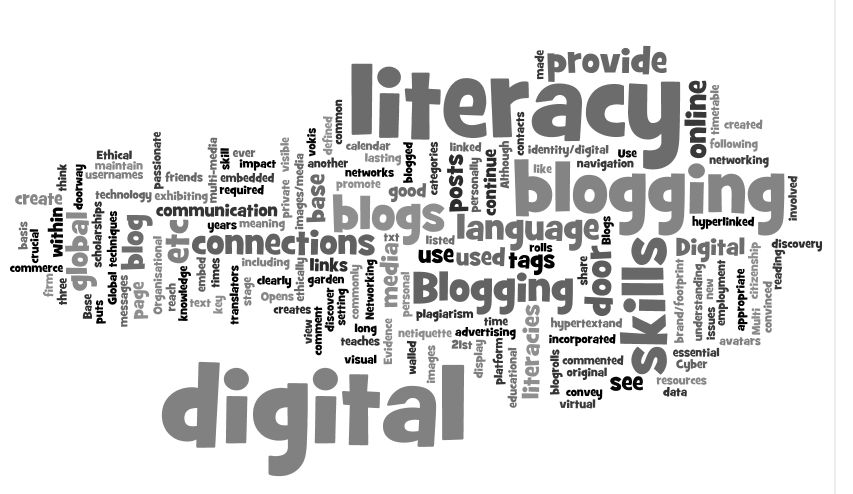Digital Literacy in the Workplace | $159 | $25 Special Offer!

Today’s organizations increasingly depend on technological applications to enhance productivity, inter-organization collaboration, and knowledge management, all in order to gain a competitive advantage. Traditional and emerging technological applications facilitate accessing and sharing information, interoperability, and collaboration, and facilitate knowledge management in ways that were previously not possible. Consequently, many jobs require a working knowledge of computers and the Internet to perform basic functions. Additionally, as technology continues to evolve, more jobs will require employees to be digitally literate, and those who are digitally literate are more likely to be economically secure.
Bridging the economic and developmental divides is in large measure a matter of increasing digital literacy and access for people who have been left out of the information and communications technology revolution. Being digitally literate in the 21st century, however, involves more than being able to effectively and efficiently operate a computer and navigate the Web. As with traditional literacy, being digitally literate incorporates abilities such as being able to both encode and decode communications facilitated through various digital methods.
Skills associated with digital literacy include finding, evaluating, and creating both information and communications transmitted through digital means. However, as with the changing nature of technology, the concept of “digital literacy” is constantly evolving. While the root of being digitally literate remains relatively constant, devices such as tablet computers (iPads), smart phones, and emerging applications, such as Web 2.0 tools, are constantly redefining what it means to be digitally literate. This course addresses such issues.
Objectives:
- Explore the fundamentals of computing, including basic terminology, file and folder management, file types, and various productivity tools.
- Investigate issues related to navigating eLearning (online and blended) learning environments, including exploring various tools of learning management systems.
- Define eLearning and examine characteristics of an effective eLearner and eLearning environment.
- Investigate the “new digital divide.”
- Examine similarities and differences between “digital natives” and “digital immigrants.”
- Define and apply the five characteristics of evaluating web resources when accessing information on the Web.
- Explore dangers associated with using the Internet.
- Investigate and apply practices for minimizing dangers when using the Internet.
- Define the social web.
- Examine how social networking helps users establish a "digital identity" and how important it is to protect your personal digital identity.
- Examine the features and functionality of various Web 2.0 tools and how they can be used in various settings.
- Explore new hardware and software applications.
- Create and utilize an open source suite for multimedia productivity.
- Explore issues associated with creating effective digital communications.
Course Author: Richard Hartshorne
Course Type: Self-Paced
Course Duration: 5 modules
Ready to Register? There are 3 easy ways to enroll.
If you have any questions, please call Student Services at 877-257-2597.

